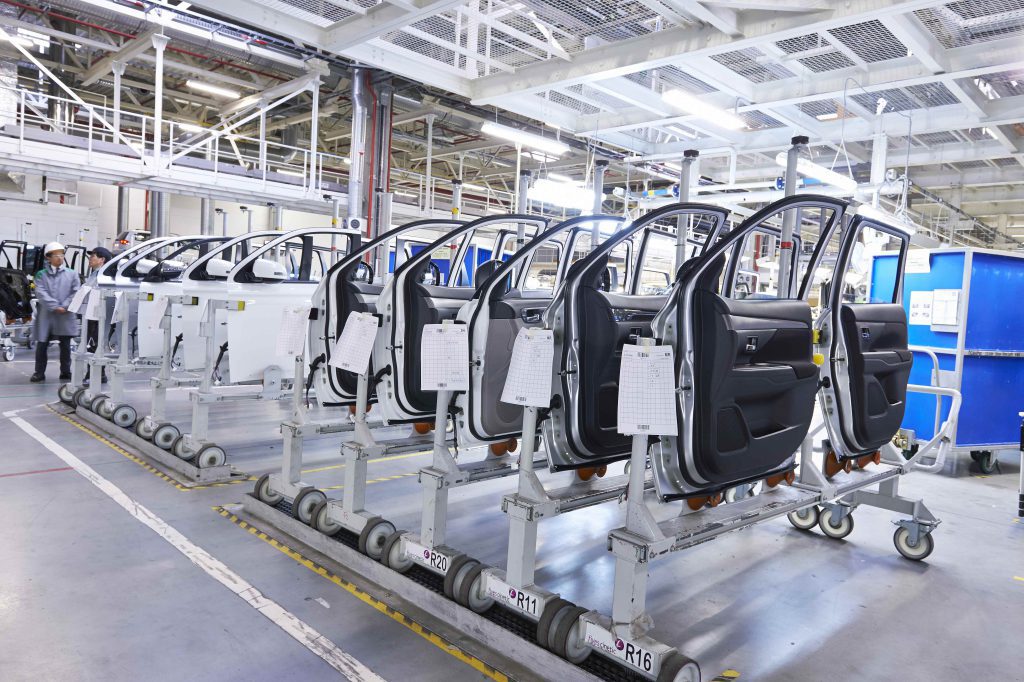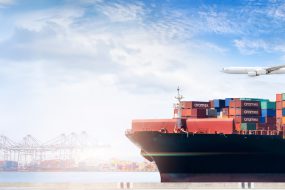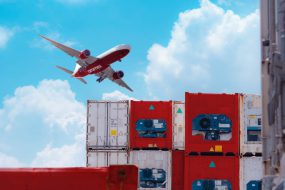Freight classification considers several factors and its definition may vary from one courier to another. However, freight loads that exceed defined limitations are referred to as oversized freight across board. Such loads go beyond the design clearances and often require specialized handling, attracting additional costs. This makes many shippers shy away from oversized freight.
However, there are ways to predict and manage freight costs for oversized freights such as automotive parts. Reassessing your company’s freight management policy may unveil many such opportunities. Let’s explore some of these ways here.
Related article: How the Semiconductor Shortage Affected the Automotive Industry
1 – Using existing data to identify freight weaknesses
Modern shipping management systems collect a significant amount of data that conveys information about various facets of the business’s inventory and operations. Using such data, shippers can compare the costs, breakage rates, and average delivery time of several couriers to choose the most efficient and cost-effective options for their oversized freight.
Shippers may also consider couriers consolidation and shipping time adjustments. Consolidating shipping operations with a high-volume courier can yield opportunities to negotiate better rates. On the other hand, off-peak shipping is the most appropriate for oversized freight. Many couriers are less busy and can bring together the required resources to handle oversized loads more effectively. They also reserve lower rates for off-peak times to keep business going.
2 – Packaging


Managing your shipping budget begins with choosing the proper packaging for your freight. However, auto parts packaging calls for careful handling to protect the parts from damage. It is more efficient to safely package your parts than filing insurance claims for damaged or lost items. That said, here are some tips for managing shipping costs for auto parts at the packaging stage.
- Crates are the most efficient and protective packaging option for auto parts. Choosing the correct crate size is essential for safety and cost saving.
- Find strategic ways to reduce dunnage without increasing damage. Remember, every piece of dunnage comes with its weight and space requirements.
- Remember to drain any fluids from automotive parts before shipping to avoid delays and additional charges. Such fluids may also damage the packaging, exposing fragile auto parts.
- Parts that are not packaged in crates should be carefully wrapped and padded. Couriers should also carefully strap such parts without any overhangs to prevent transit damage.
Related article: 5 Ways Oil Prices Affect Supply Chain Logistics Now
3 – Freight classification
Getting the freight classification right the first time is vital. Freight classification is a standard used to classify and rate loads based on their weight and dimensions. Recording the wrong freight class can lead to costly billing adjustments from your courier. The recorded weight should include the packaging and the pallet weight.
Shippers can also consult couriers for Dimensional Weight Pricing Strategies (DWPS). Such strategies reward shipping in the right-sized boxes by cutting the box weight and reducing damage to parts.
4 – Increased delivery lead time
Shipping management tools enable shippers to give timely notices of oversized freight needs. The courier has ample time to mobilize the required assets and resources, including warehousing space, trucks, and personnel, to effectively handle the job.
Planning also enables the courier to cut operating costs and improve other aspects of the shipping process, such as pick-ups, staging, and live-loading.
The more time couriers have, the better they can prepare for the job behind the scenes; this allows them to quote favourable rates. Shippers can also forecast costs and manage expenditure without hurting their cash flows.
Shipping oversized automotive parts will always attract some extra cost and you’ll not always find the best deal. However, following the above tips will save you some money and make shipping easier.
Related article: Supply Chain Logistics Barriers and How to Overcome Them




